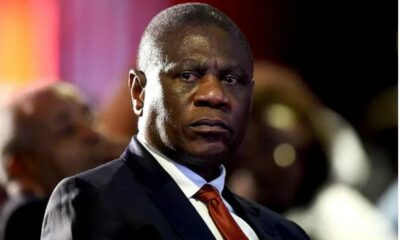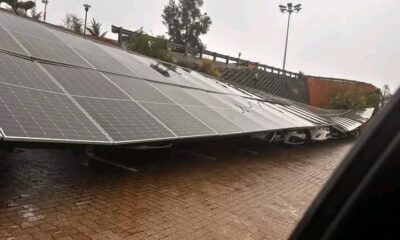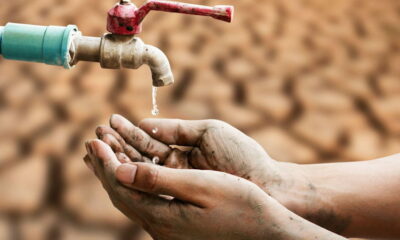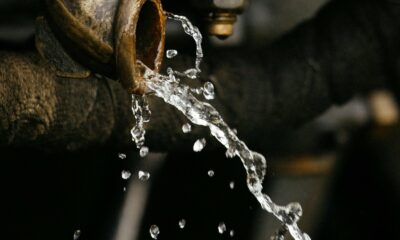News
Limpopo’s R530 Million Water Budget Brings Relief to Traditional Leaders Amid Persistent Shortages
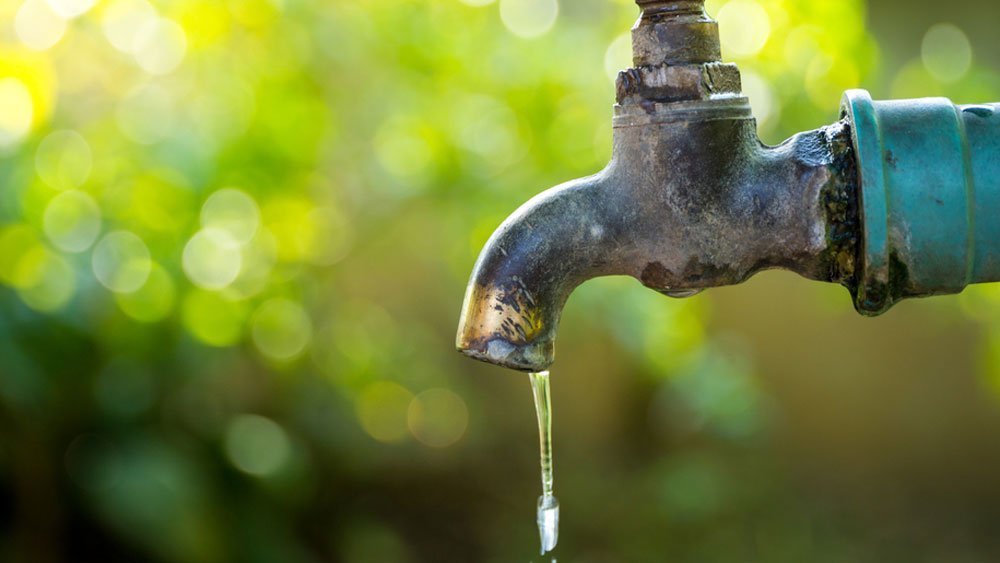
Boreholes and budgets: A step forward, but is it enough?
Limpopo’s traditional leaders are finally seeing a glimmer of relief thanks to a R530 million budget earmarked for water provision under the Department of Cooperative Governance, Human Settlements, and Traditional Affairs. From Ga-Seroka to Mafarafara, boreholes are now delivering clean water to chiefs and headmen, a move widely welcomed in Fetakgomo/Tubatse and across the Sekhukhune district.
Yet the celebrations are tempered by stark realities. Premier Dr Phophi Ramathuba recently acknowledged that provincial water access has regressed to 64.2%, leaving over a third of Limpopo’s 6.4 million residents still struggling for one of life’s most basic necessities.
Traditional leaders on the frontlines
MEC Basikop Makamu stressed that traditional leaders remain central to local development. “They are the first point of contact for communities,” he told The Citizen, underscoring the department’s commitment to keeping water flowing to both traditional homes and offices.
Mayor Eddy Maila of Fetakgomo/Tubatse echoed this sentiment, describing active collaboration with traditional leadership. “With Mayor Minah Bahula’s interventions, durable boreholes now supply water to our magoshi. These efforts extend from Burgersfort’s villages to surrounding farms, ensuring residents and community services have the water they need,” he said.
Local communities have lauded these interventions, highlighting that water is not just a basic necessity but also a lifeline for mining operations, agriculture, and daily livelihoods in a province heavily dependent on natural resources.
Projects tackling water scarcity
Beyond boreholes, larger-scale infrastructure projects are underway. The R1.3 billion Giyani water reticulation project, part of the broader Nandoni-Giyani water initiative, is moving steadily through Phase 2 after completing Phase 1. Funded through the Water Services Infrastructure Grant, this project aims to address long-standing shortages dating back to 2009, with over R4.5 billion invested in Giyani since 2014.
Despite these efforts, areas like Capricorn, Vhembe, Sekhukhune, and Mopani remain vulnerable to shortages, prompting the Premier’s office to establish a task team to fast-track interventions.
Community voices and lingering concerns
Social media has reflected mixed reactions. While many praise the tangible improvements for traditional leaders, residents in more remote villages continue to voice frustration. One community member from Ga Malekane remarked: “It’s good that chiefs have water, but what about the households on the farms? We still wait for water trucks and repairs.”
Analysts note that these initiatives, while critical, are band-aid solutions unless paired with systemic infrastructure upgrades, better maintenance, and continuous investment in water services authority functions.
The Limpopo government faces a delicate balancing act: delivering visible relief while addressing structural deficiencies. The R530 million initiative demonstrates a commitment to traditional leadership, but real progress will be measured by how quickly all residents—including those beyond village centers,gain reliable access to clean water.
{Source: The Citizen}
Follow Joburg ETC on Facebook, Twitter , TikTok and Instagram
For more News in Johannesburg, visit joburgetc.com

